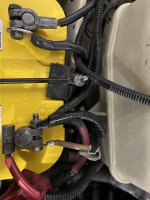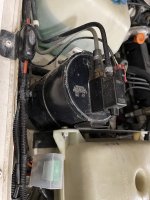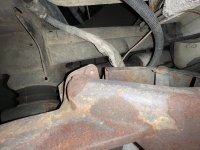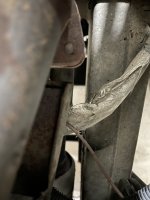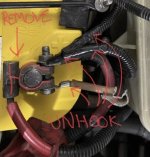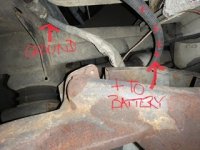Ok, we did not know that before.
Let’s test the resistance on that cable. Remove the clamp from the battery positive and then remove all of the other cables from the clamp. Then unhook the other side from the starter so we can isolate and test only that cable.. Use your multimeter ohm setting to measure resistance between the connector on each side of that cable.
Technically there should be zero resistance. But if it shows any real resistance, that cable is damaged and that is your problem.
if that cable test good, then there may be an internal problem with the starter. Because someone didn’t want the alternator current going through the starter and moved the alt wire directly to the battery.
We’re very close to identifying the problem……..
View attachment 62194
FYI
View attachment 62195
